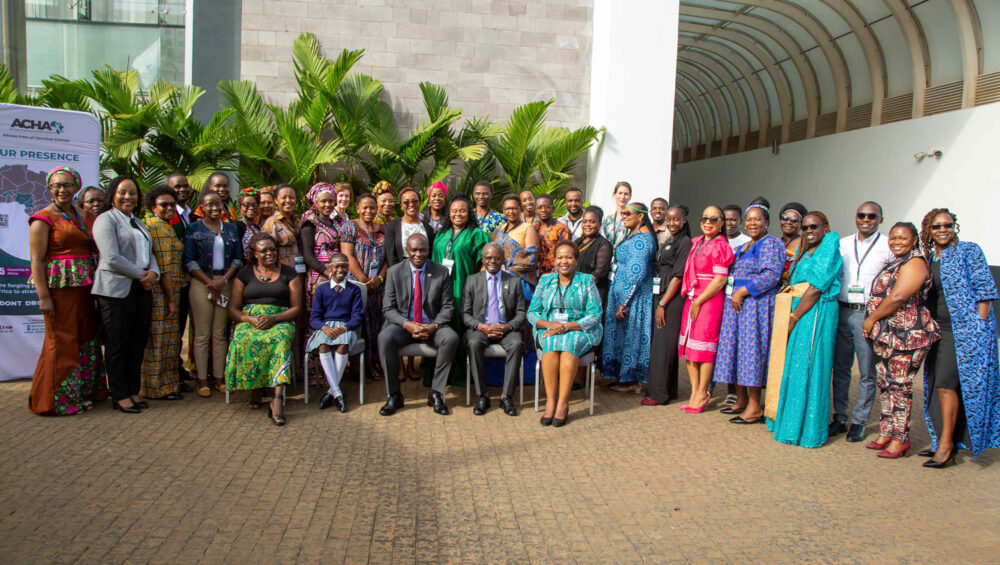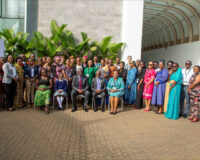Delegates from 16 African countries with a high burden of cervical cancer are meeting in Nairobi to strategize on reducing the disease scourge. The four-day meeting of delegates from the African Cervical Health Alliance (ACHA) was officially opened by Health DG Dr Patrick Amoth on Monday. ACHA is a network of civil society organisations currently from 22 organisations based in 16 countries in Africa that are hardest hit by cervical cancer.
Founder and Executive Director KILELE Health Association and the Secretariat lead ACHA Kenya Benda Kithaka said the four-day meeting aims to equip civil society organisations to bridge the cancer care gap.
The focus is on training civil society members to carry out research and evidence-based data to inform decision making in cervical health and prevention.
“Civil society is the direct link to the community and they know where the shoe is pinching, so when we take the knowledge to civil society organisations they are better able to measure what is happening to be able to bring evidence that can inform decision making,” Kithaka said.
Africa leads the world with incidence and death of cervical cancer with 19 out of the 20 countries in the world that have the highest burden of cervical cancer being in Africa.
Speaking when he opened the meeting, Amoth said the meeting is not only meant for participants to share knowledge but also to forge partnerships and strategies that will lead towards a future free from the burden of cervical cancer.
The DG noted that across Africa, cervical cancer remains a significant public health challenge, with many women succumbing to its grasp each year.
The burden is particularly heavy where access to quality healthcare services is often limited, and awareness about cervical cancer prevention is insufficient.
“Too many women are diagnosed with advanced-stage cervical cancer, when treatment options are limited, and survival rates are low,” Amoth said.
Amoth called on the countries to embrace the 90-70-90 strategy and work tirelessly towards its realization.
The strategy requires that 90 per cent of girls are fully vaccinated with HPV by the age of 15 years, 70 per cent of women are screened using high performance tests and 90 per cent of women identified with cervical diseases treated.
“In Africa, only 18 countries have launched their HPV vaccination programmes and they are not well-performing with Kenya being at 33 with the first dose,” Kithaka noted.
Amoth acknowledged that eliminating cervical cancer requires more than just medical interventions, adding that efforts must focus on all ways to reach even more women and girls with lifesaving interventions.
This, he said, requires a concerted effort from all stakeholders, including governments, civil society organisations, healthcare providers and the international community.
“For this to be a reality, we need to adopt women-centric approaches that prioritise the needs and voices of women and girls, families and communities,” Amoth said.
He said communities must be empowered with knowledge that equips them to act now and utilise available interventions for cervical cancer prevention, screening and treatment.
He further noted that the underlying social, economic and cultural barriers that prevent women and girls from accessing cervical health services must also be addressed.




